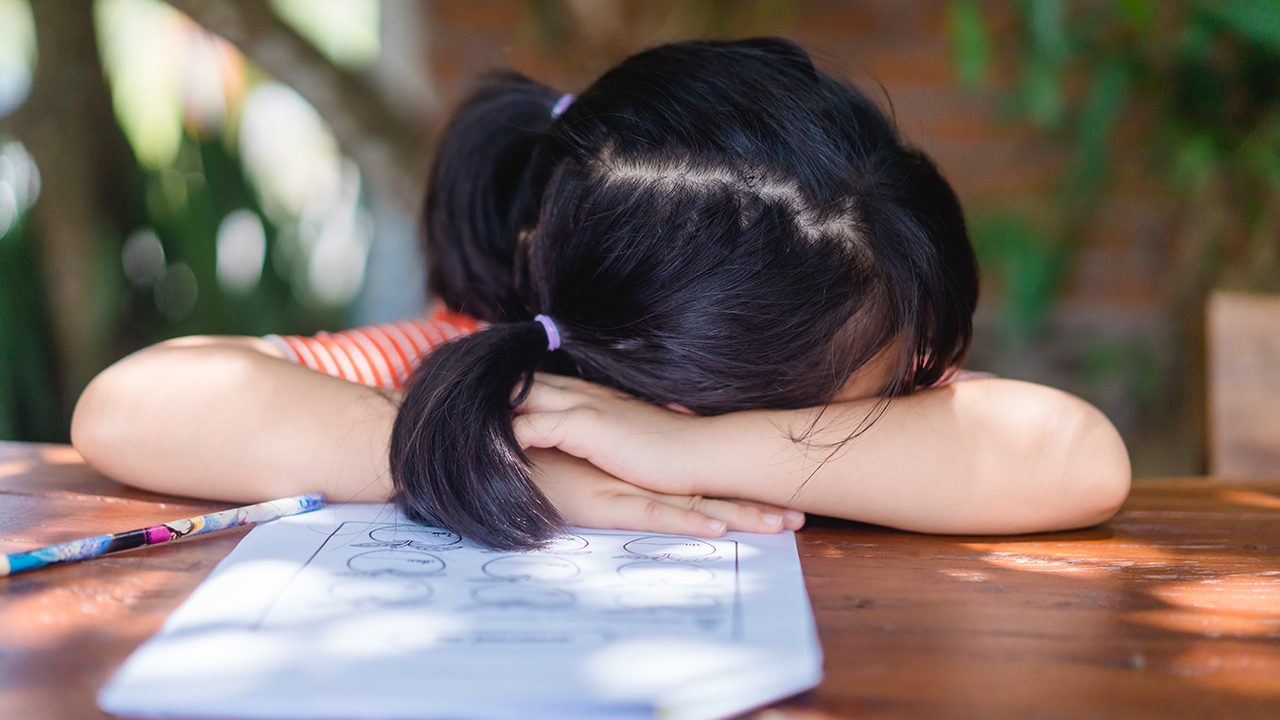SUMMARY
This is AI generated summarization, which may have errors. For context, always refer to the full article.

Two-thirds of school-age children worldwide have no internet at home, a UN report found Tuesday, December 1, even as pandemic-induced school closures have made online access vital to getting an education.
In all, an estimated 1.3 billion children between the ages of 3 and 17 do not have internet connections in their homes, said the joint report from the United Nations Children’s Fund (UNICEF) and the International Telecommunication Union (ITU).
The report also found that a similar lack of access among youths and young adults, with 63% of all 15 to 24-year-olds unconnected at home.
“That so many children and young people have no internet at home is more than a digital gap, it is a digital canyon,” UNICEF chief Henrietta Fore warned in a statement.
Lacking connectivity prevents young people from “competing in the modern economy. It isolates them from the world,” she said.
The report’s findings are particularly worrying, she said, at a time when school closures due to the COVID-19 pandemic remain widespread, forcing hundreds of millions of students to rely on virtual learning.
“Put bluntly: Lack of internet access is costing the next generation their futures.”
The report cautioned that even before the pandemic struck, the digital divide was deepening inequalities, allowing children from the poorest households and from rural or low-income countries to fall ever further behind their peers with little chance to catch up.
‘Formidable challenge’
It found that fewer than one in 20 school-age children from low-income countries had access to the internet at home, compared to 9 out of 10 in wealthier nations.
Sub-Saharan Africa and South Asia are the regions where children are least able to get online, with a full 9 out of 10 children without internet access at home.
There are also clear differences between internet access in towns and cities and in the countryside, with 60% of children living in urban settings without an internet connection at home, compared to 75% in rural areas.
“Connecting rural populations remains a formidable challenge,” ITU chief Houlin Zhao said in the statement.
The report warned that even in homes with an internet connection, children may not actually be able to get online.
It pointed to pressure to do chores or to work, lack of sufficient devices in households and also cautioned that girls may have less access to the internet than boys.
The two UN agencies did not have specific numbers showing the difference in internet access among girls and boys, but their data showed a clear difference in how easy it is for males and females overall to get online.
Worldwide, 55% of males and 48% of females were using the internet in 2019, but the differences are far starker in low-income countries and in poorer regions.
In Africa, for instance, 37% of men and boys and only 20% of women and girls were using the internet last year, ITU data showed. – Rappler.com
Add a comment
How does this make you feel?





There are no comments yet. Add your comment to start the conversation.